
Botero's of course abound.
They had a place to draw your own artwork. This was the most kid friendly museum we visited in Colombia by far.
SOOOOOO many paintings depicting battles and war. This one is odd because slaughtering a cow in the forefront is the main focus while a whole battle happens in the background.
Weird to see modern day soldiers in art.
On the morning of November 6, 1985, approximately 35 members of the M-19 guerrilla group launched an armed attack on Colombia’s Palace of Justice in Bogotá—the seat of Colombia’s Supreme Court and Judicial Council, the two highest courts in the country. Civilians in the building were trapped and held hostage. The Colombian military reacted quickly and forcefully, deploying its 13th Brigade, based in Bogotá, and other forces. Over the next two days, the Colombian military engaged in a dramatic operation to retake the Palace of Justice and release the hostages, with brutal results that were at first understood as legitimate and even necessary. The siege on the Palace of Justice—which remains among the most iconic events in modern Colombian history—left the building largely destroyed and resulted in the disappearances of over a dozen civilians and the deaths of nearly one hundred civilians, including eleven Supreme Court justices.
Throughout the rescue operations, the hostages were escorted out of the Palace of Justice by the military. For many, this was the end of the two-day nightmare at the Palace: after a brief questioning, most of the rescued civilians were permitted to leave. However, some of these rescued hostages were deemed “special”: suspected of being guerillas or sympathizers, they were labeled “especiales” and were interrogated, tortured, and in most cases, extrajudicially killed or forcibly disappeared. The especiales system, as it came to be known, was a part of the Colombian military’s brutal and no-holds-barred “war” against guerilla terrorism.
Heroes of the revolution.
This depicts an earthquake that knocked down a cathedral in Bogotá.
We actually went to this battlefield later that year, the Puente de Boyacá.

Always love a good medieval woman prevailing painting while sprouting tree limbs.
This was Jubal's and Efraim's favorite painting there.
I love the feathered headdresses.
This gallery wall was pretty impressive too.
Nicolas completed the maze.
This was a piece looking at a city block from above.
And if you zoom in on any of these, they're horribly depressing and it's completely disconcerting to see such cheerful looking landscapes being so dreadful. I think it perfectly captures the joie de vivre spirit of living in gorgeous Colombia with all its bright, exuberant culture and breathtaking landscapes while at its heart being so mangled with violence.
What is this?
Crazy how they used to carry people and things on their backs through the Andes.
Some kids were less than impressed with the museum.
You can tell it was a prison much easier from the outside.






































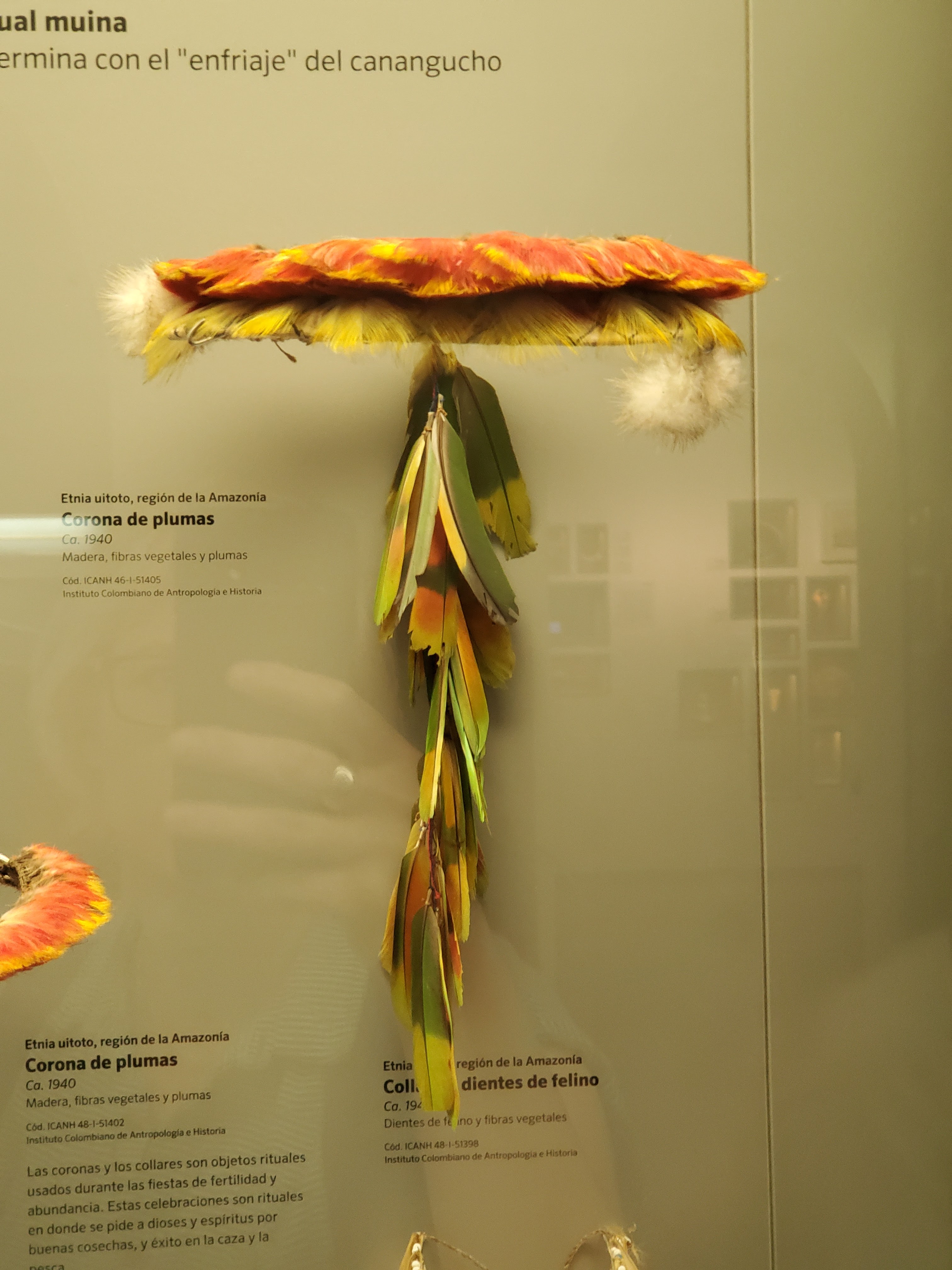
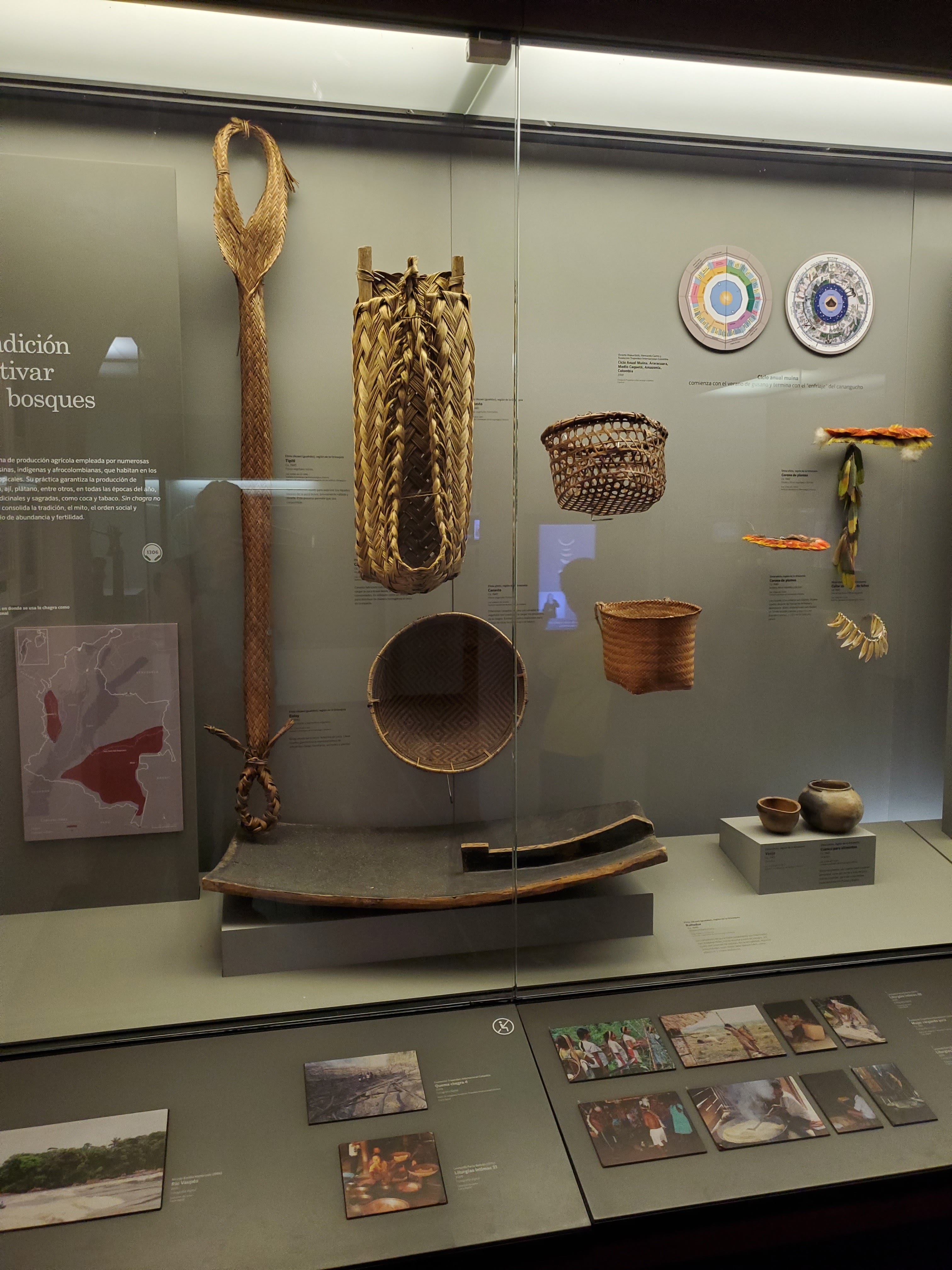










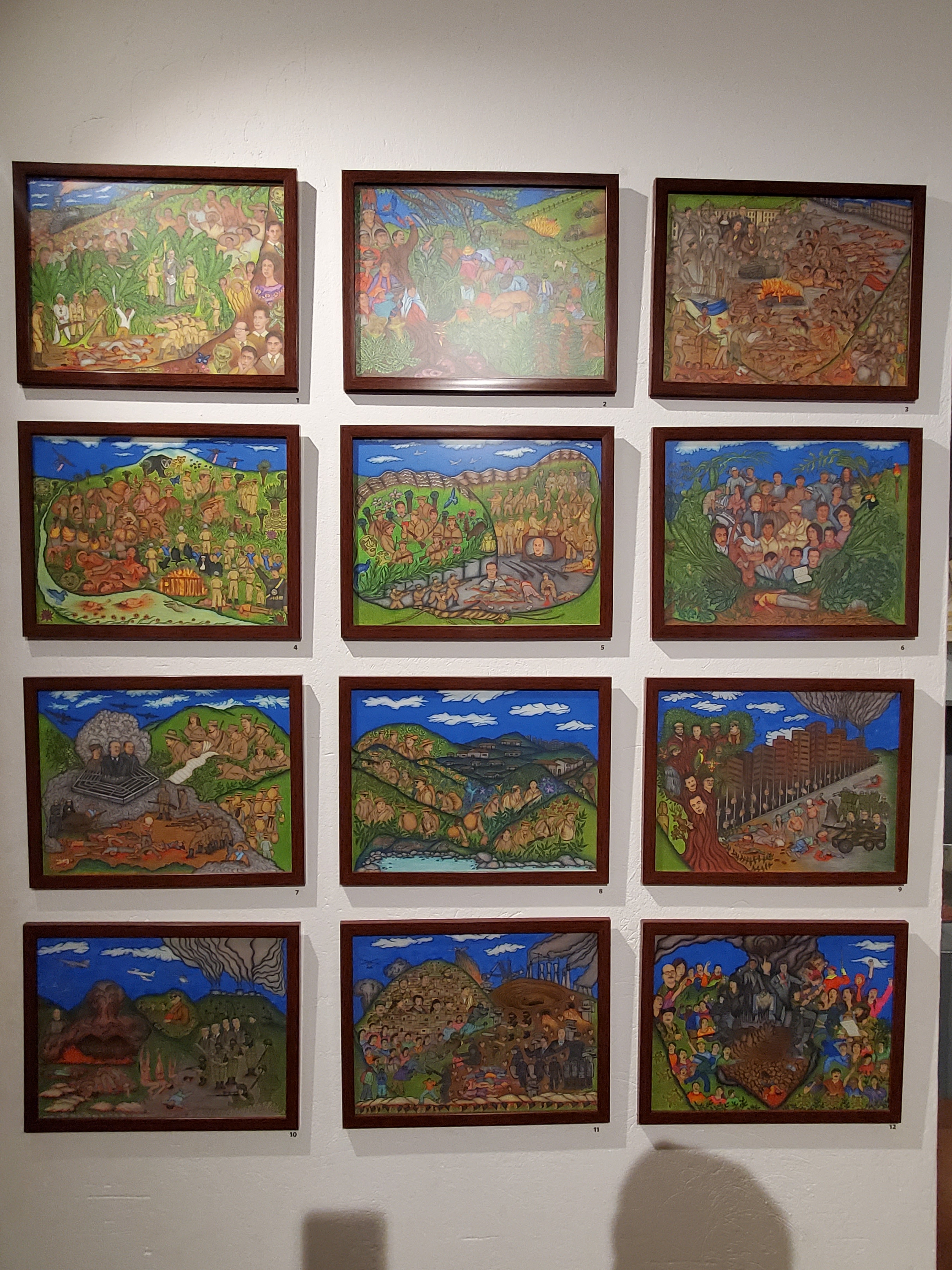



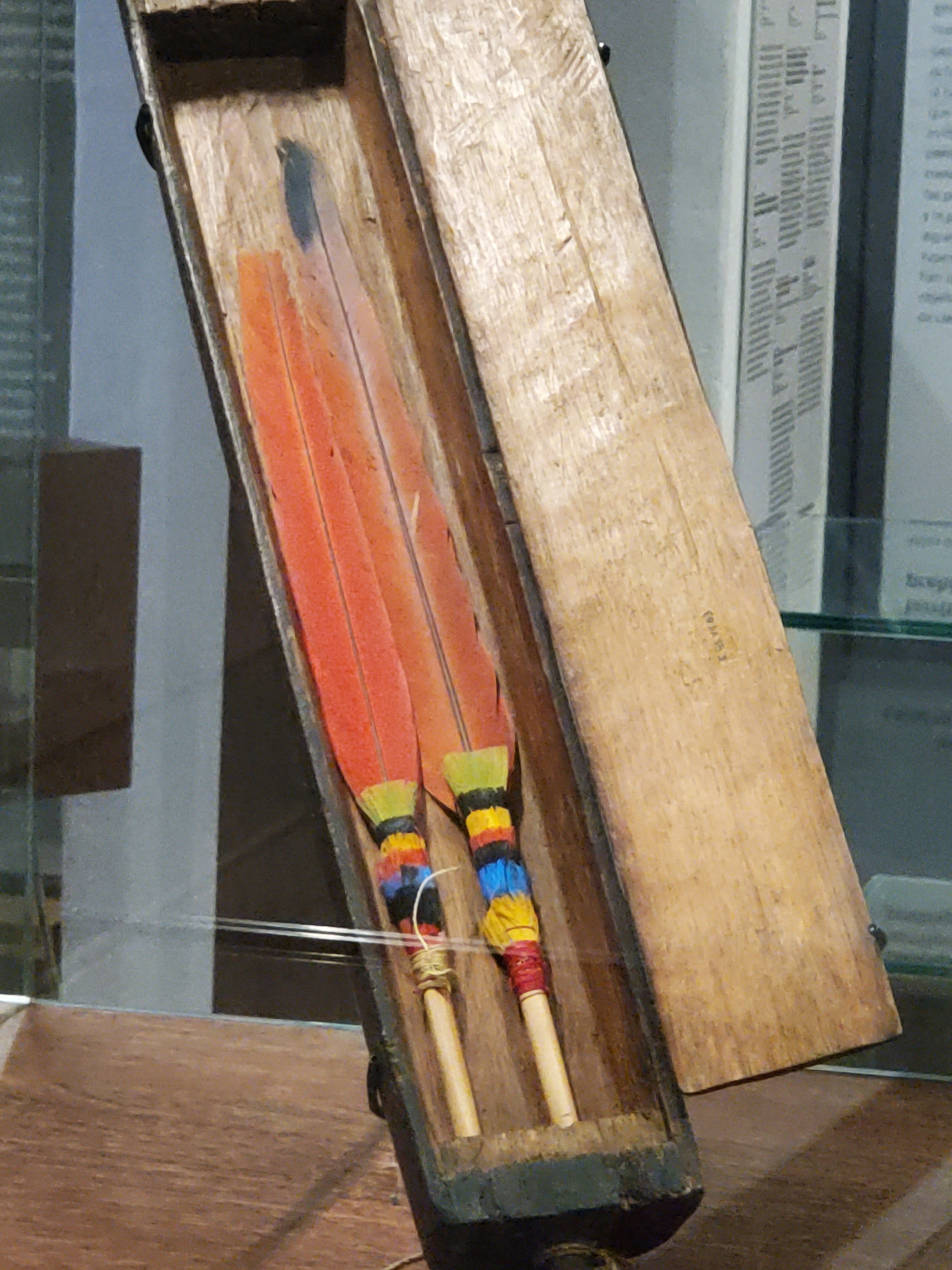




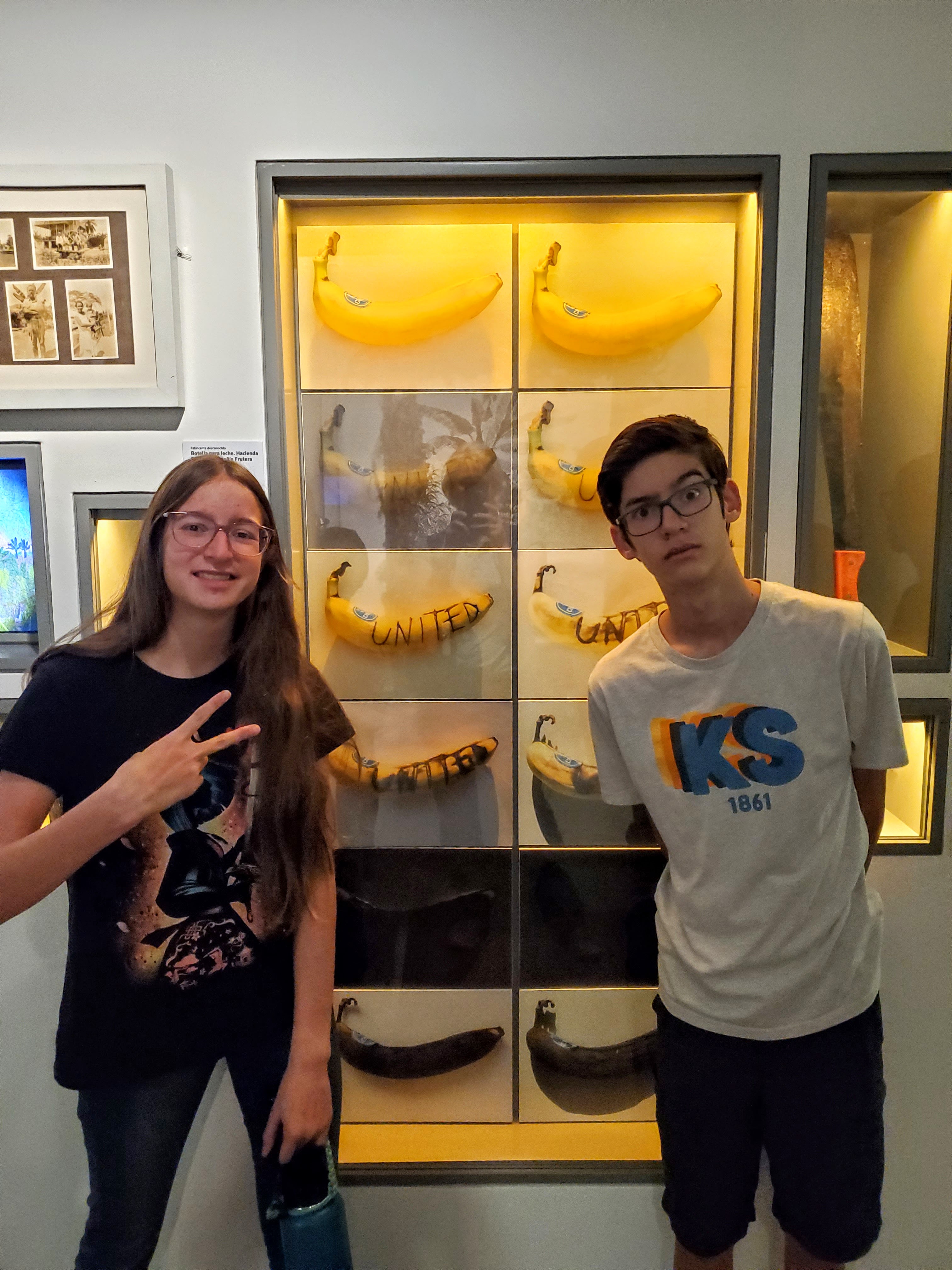



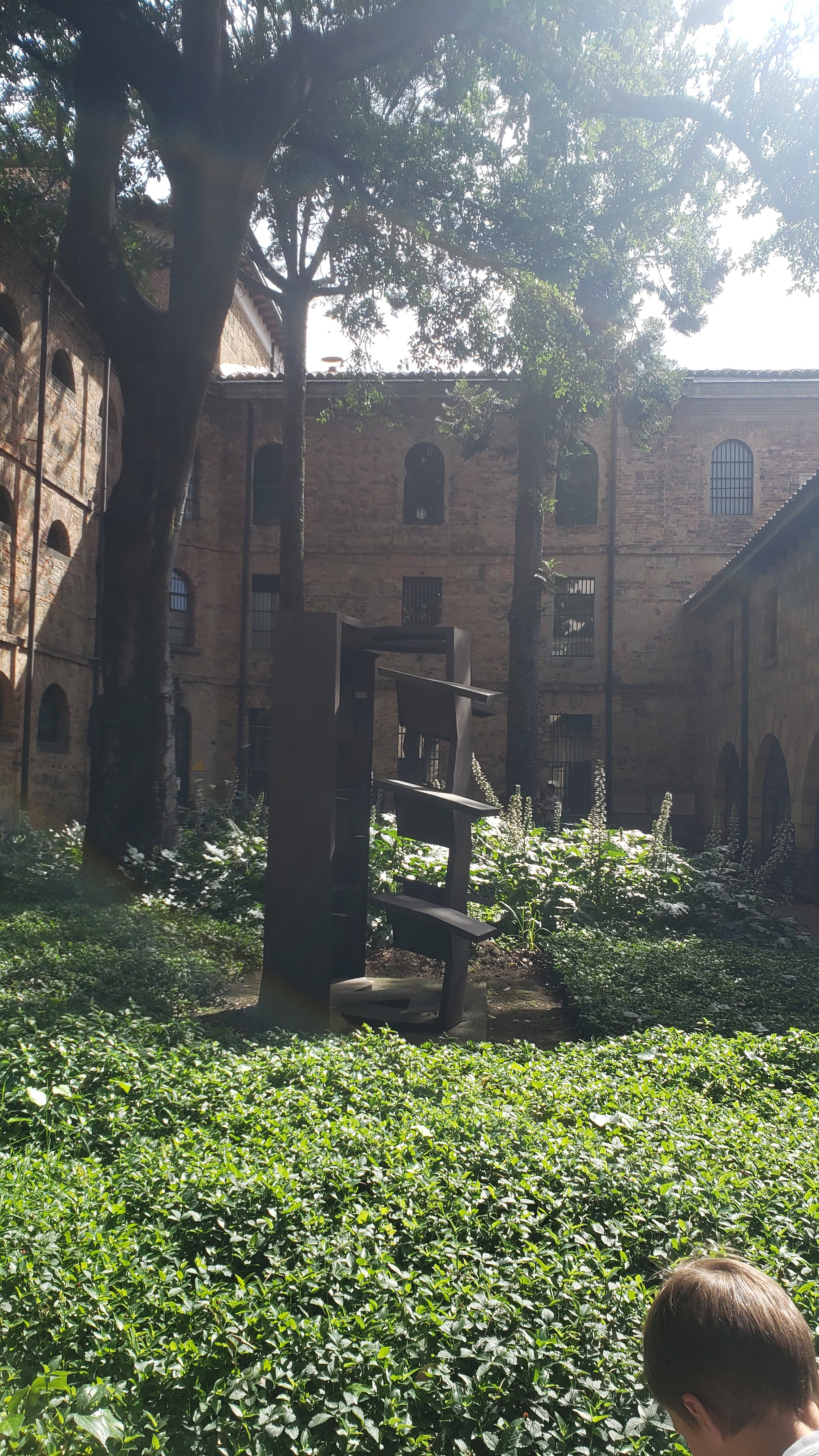










No comments:
Post a Comment